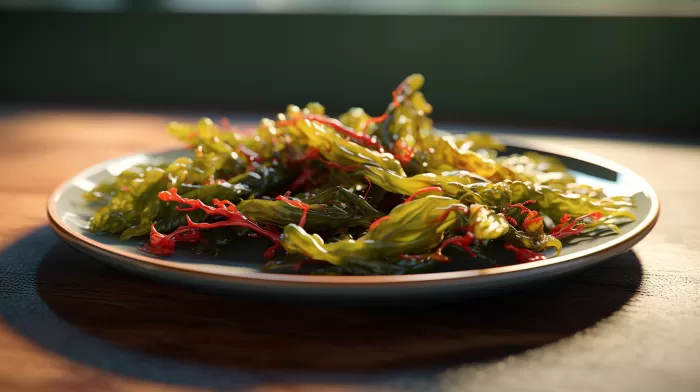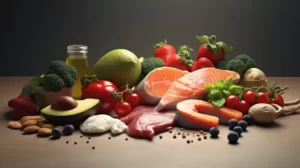Seaweed may not be your go-to when thinking about what to whip up for dinner, but incorporating it into your meals could do wonders for your cardiovascular health. While most Americans might not think of seaweed as a typical meal ingredient, it’s time to change that mindset. Research from Teagasc, the Irish Agriculture and Food Development Authority, and Memorial University, Newfoundland, has shown that seaweed is packed with essential fatty acids, antioxidants, and plenty of vitamins to lower blood pressure and keep your heart healthy.
Seaweed: A Cardiovascular Superfood
Source of essential fatty acids: When it comes to heart health, essential fatty acids, particularly omega-3s, are your best allies. These fatty acids have been found to work as a potent weapon against thrombosis and atherosclerosis – two factors known to heighten the risk of heart disease. Seaweed is chock-full of these beneficial fatty acids, which is why it’s worth a spot on your plate.
Rich in antioxidants: Seaweed is abundant in antioxidants – substances that protect your cells and prevent damage caused by free radicals. Free radicals have been linked to heart disease, as they contribute to the build-up of plaque in the arteries. Eating an antioxidant-rich diet can help protect your heart by preventing oxidative stress and inflammation.
Lowers blood pressure: High blood pressure is one of the key factors in the development of heart disease. Seaweed is packed with compounds that have been found to lower blood pressure effectively. Thus, adding seaweed to your diet could be a simple, natural, and delicious way to keep your blood pressure within a healthy range.
Packed with Vitamins
Seaweed is a nutritional powerhouse, providing a rich source of vitamins A, C, E, and K. These vitamins are critical for maintaining your overall well-being, as they play a vital role in everything from vision health to promoting a strong immune system. Seaweed also contains niacin, pantothenic acid, and phosphorus – essential nutrients that your body needs to function optimally.
How to Incorporate Seaweed into Your Meals
If you’re new to cooking with seaweed, there are plenty of delicious ways to serve it. From sushi wraps to seaweed salads or simple seaweed snacks, the possibilities are endless. Here are a few ideas to get you started:
- Seaweed salad: Make a simple, delicious seaweed salad by soaking dry seaweed in water, then draining and mixing with thinly sliced cucumber, carrots, and a tangy Asian dressing. Garnish with sesame seeds for added flavor.
-
Sushi: Seaweed (nori) sheets are commonly used as a wrapper for sushi rolls. You can create your own rolls at home using fresh fish, avocado, cucumber, and other healthy ingredients that cater to your taste buds.
-
Seaweed snacks: If you’re looking for a salty, crunchy treat, try snacking on roasted seaweed sheets. They’re a healthier alternative to traditional potato chips and are just as satisfying.
-
Smoothies: Ground seaweed can be added to your favorite smoothie recipe for an extra boost of nutrients. Just be mindful of the amount you’re adding, as seaweed has a strong flavor that can easily overpower your drink.
-
Pasta dishes: Consider adding flakes of seaweed to pasta dishes, such as a seafood marinara, for an extra layer of flavor.
Making Seaweed a Staple in Your Diet
Seaweed is a versatile and nutrient-rich addition to any meal. Its cardiovascular benefits, paired with its impressive vitamin profile, make it a valuable superfood that you don’t want to overlook. Don’t hesitate to start experimenting with seaweed in your dishes today and keep your heart healthy and happy.



